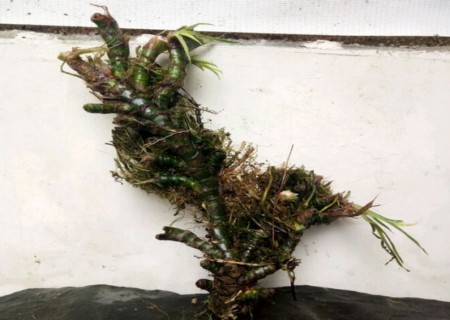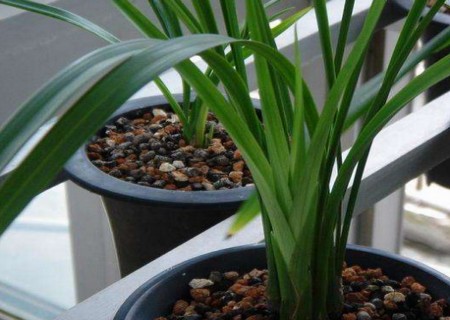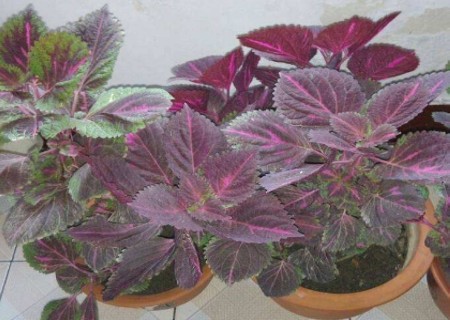What is dragon root calamus? How to raise calamus in dragon root?
Acorus calamus is a traditional flower of our country, which is not only a literary play with grass, but also a cultural carrier. Scholars often put calamus bonsai on their desks, and the elegant grass is paired with strange stones, moss, wooden seats and so on, which not only forms a fresh and elegant artistic conception, but also has the effect of being fresh and pleasant, calming the mind and awakening the brain.
Acorus calamus is a kind of beautiful plant which combines internal beauty and external beauty. It can not only make the viewer physically and mentally happy with its beautiful appearance, but also use its roots to help people protect their health, so it has high culture value.
What is dragon root calamus?

Dragon root calamus, that is, Acorus calamus, belongs to Araceae, Acorus calamus grass-like perennial herbs, its rhizome has smell. Leaves entire, arranged in two rows, fleshy inflorescence (flame inflorescence), pedicel green, flame bract-like. Rhizomes are often used medicinally. It grows in areas ranging from 20 m to 2600 m above sea level, mostly in the gaps of water stones in mountain streams or among the gravel of running water in mountain gullies (sometimes growing in water). Flowering and fruiting period is from February to June. Distributed in Asia, including northeastern India, northern Thailand, China and other countries.
How to raise calamus in dragon root?
1. Reproduction
The method of split-plant reproduction is often used in family planting. In spring or summer, separate the plants with overcrowded leaves and plant them in a different pot.
2. Temperature
The indoor cultivated calamus grows well at room temperature and can endure a low temperature of 4 ℃.
3. Watering
Acorus calamus needs a lot of watering to keep the soil thoroughly wet. Because plants like to be wet, flowerpots can be placed on shallow plates with wet stones all year round. When the weather is hotter, water is sprayed on the plants to increase humidity.
4. Fertilization
Standard liquid fertilizer was applied every half a month during the growth period.
5. Go up and change the basin.
The cultivated soil with good drainage should be used for planting. If the leaves of the plant are already packed with flowerpots, the pots can be changed in spring.
6. Placement position
The natural environment for the growth of wild calamus is on the moist rocks of mountain streams or in the moist soil of valleys, so it is appropriate to put it in a place of medium light when family planting.
The leaves of Gladiolus have special inflorescences, which are often found in the stone gaps in the mountains or among the gravel in the gullies and streams. Dragon root gladiolus likes a shady and humid environment and is distributed in many countries in Asia. It can grow under trees and by damp lakes. We often see pictures of dragon root calamus taken by rivers or mountains and rivers. Planting Acorus calamus is to avoid sun exposure, otherwise the leaves will turn yellow, dragon root calamus is not resistant to drought, slightly hardy.
Time: 2019-05-31 Click:
- Prev

How to raise cold orchid? Culture method of potted cold orchid
Cold orchid is an orchid plant, which is slender and graceful, with elegant and handsome leaves, colorful flowers and mellow fragrance for a long time. It is a good choice for making flower bonsai. A pot of cold orchid bonsai full of vitality and mystery will add a lot of color to the home. Hanlan bonsai is very popular in the market.
- Next

Is perilla easy to raise? How to raise potted perilla?
In the small balcony gardens of many families, you can often see a clump of purple plants. Take off the top leaves and put them in the boiled rice porridge. A pleasant fragrance makes people feel refreshed all morning. This purple plant planted in a flowerpot is called perilla, also known as perilla and red perilla. It belongs to the family Labiatae.
Related
- Fuxing push coffee new agricultural production and marketing class: lack of small-scale processing plants
- Jujube rice field leisure farm deep ploughing Yilan for five years to create a space for organic food and play
- Nongyu Farm-A trial of organic papaya for brave women with advanced technology
- Four points for attention in the prevention and control of diseases and insect pests of edible fungi
- How to add nutrient solution to Edible Fungi
- Is there any good way to control edible fungus mites?
- Open Inoculation Technology of Edible Fungi
- Is there any clever way to use fertilizer for edible fungus in winter?
- What agents are used to kill the pathogens of edible fungi in the mushroom shed?
- Rapid drying of Edible Fungi

